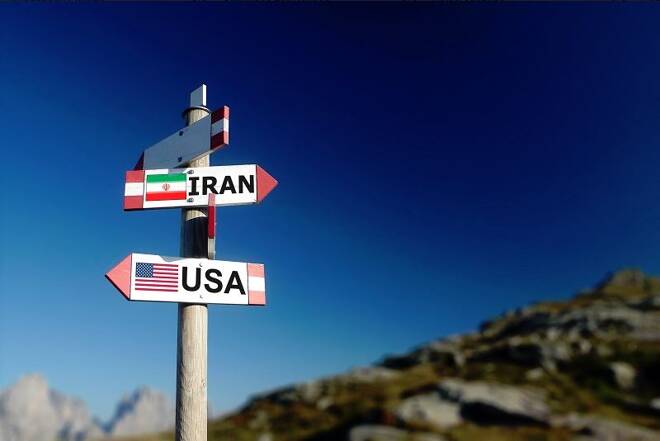Advertisement
Advertisement
Crude Retreating from Highs But Elevated Risk Remain
By:
Yes there are elevated geopolitical risks, but if the International Energy Agency’s figures are right, there is also ample supply. Furthermore, Sunday evening, President Donald Trump said he was authorizing the release of oil from the Strategic Petroleum Reserve to keep the markets “well-supplied.”
The coordinated drone attack against an oil processing facility in Saudi Arabia at Abqaiq and the nearby Khurais oil field on Saturday was felt by nearly all futures markets on the opening or shortly thereafter early Sunday.
While most eyes are focused on the attack’s impact on oil prices, some traders were already calculating its influence on the global economy should prices remain at elevated price levels for weeks or months.
This “is the largest supply shock ever. The world is dependent on strategic reserves right now and you will see SPR draws,” said Bob Ryan, chief commodities and energy strategist BCA Research, in a note. The market could tighten significantly if the outage is indeed weeks and not days.”
Aramco IPO Plans Threatened
The attacks come as Saudi Aramco is taking steps to go public in what could be the world’s biggest IPO. Aramco CEO Amin Nasser said Tuesday the company is ready to list on the Saudi stock exchange “very soon” though he declined to say how much of Aramco would be listed on the Tadawul exchange or when the company would list internationally.
Aramco attracted huge interest with its debut international bond sale in April. It commissioned an independent audit of the kingdom’s oil reserves and has to start publishing earnings. Over the past two weeks, the kingdom has replaced its energy minister and the chairman of Aramco.
“The attacks could complicate Aramco’s IPO plans given rising security risks and potential impact on its valuation, Ayham Kamal of the Eurasia Group said in a research note.
Risk Premium Raised
Oil prices have been trading sideways to lower for several months with most traders reacting to the fear of lower demand due to the trade war between the United States and China, and recently to the threat of new supply if the U.S. were to ease sanctions against Iran.
Although there have been a few spikes in prices due to skirmishes in the waters off the coast of Iran, the market really didn’t build in a geopolitical risk premium. The game changed over the weekend so prices could remain elevated over the near-term.
“While in the short term the direct physical impact on the market might be limited, this should move the market away from its bearish macroeconomic cycle and raise the risk premium in the market as funds reduce their short positions,” said Chris Midgley, global head of analytics, S&P Global Platts.
Trade It, Don’t Chase It
Yes there are elevated geopolitical risks, but if the International Energy Agency’s figures are right, there is also ample supply. Furthermore, Sunday evening, President Donald Trump said he was authorizing the release of oil from the Strategic Petroleum Reserve to keep the markets “well-supplied.”
This is why the market rose sharply early in the session then fell back to the opening. The next move will be determined by how quickly the Saudi’s will be able to get their production facility up and running.
With Saudi repairs making progress and the release from the SPR, we may not see a test of the earlier highs today, but it is possible over the near-term. It all depends on how much risk premium investors want to put into the market.
One of the main reason for this is that both sides –the U.S. and Iran- are likely to remain “hot”. Trump said there is reason to believe the U.S. knows the culprit and is “locked and loaded,” while waiting to get the verification from the kingdom to proceed.
About the Author
James Hyerczykauthor
James Hyerczyk is a U.S. based seasoned technical analyst and educator with over 40 years of experience in market analysis and trading, specializing in chart patterns and price movement. He is the author of two books on technical analysis and has a background in both futures and stock markets.
Advertisement
